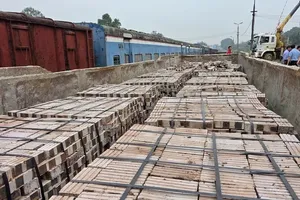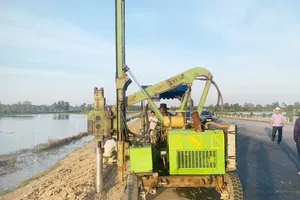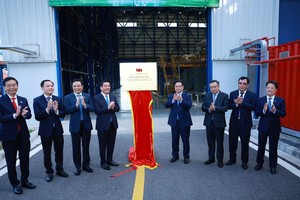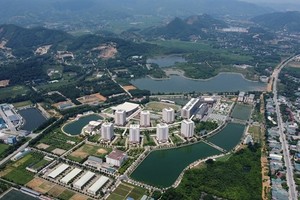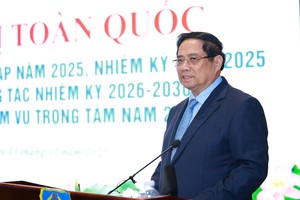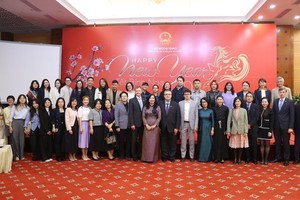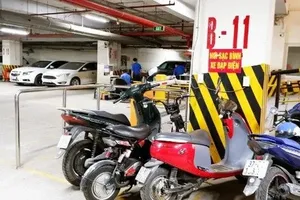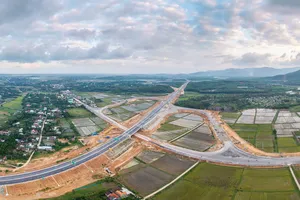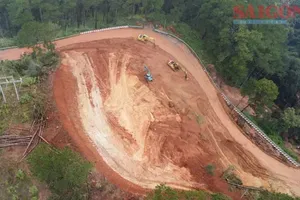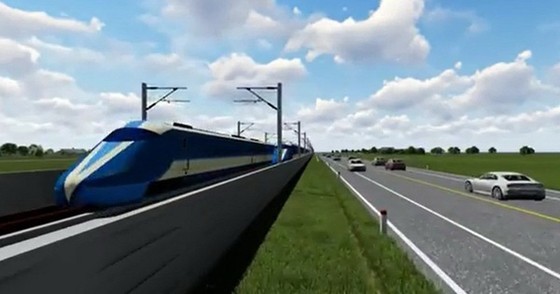 |
Due to several reasons, this railway line discontinued operations in the western part of Vietnam by 1958. However, no other railway line has replaced it so far, even though the Mekong River Delta region is the largest and most productive agricultural and fishery region in Vietnam and connectivity with Ho Chi Minh City is crucial for its economic growth.
Development plan
Resolution 31 of the Politburo, which identifies the need to construct a Ho Chi Minh City-Can Tho railway line that will pass through Ho Chi Minh City, Long An, Tien Giang, Vinh Long, and Can Tho provinces, is being considered among some key national projects for the economic growth of Ho Chi Minh City in coming years. Previously, Decision 1769/QD-TTg dated 19 October 2021 approved the national railway network plan, and Decision 287/QD-TTg dated 28 February 2022 was approved by the Prime Minister for the entire region’s development plan. The goal is to invest in building a new railway line from Ho Chi Minh City to Can Tho province over a length of about 174 kilometers and a gauge of 1,435 millimeters by 2030.
Furthermore, Decision 2563/QD-BGTVT dated 27 August 2013 by the Ministry of Transport approved the detailed plan of the Ho Chi Minh City-Can Tho railway line, determined its legal basis, expected investment capital amount from the state budget, government bonds, ODA loans, and capital from businesses and the private sector. This was intended to open up several possibilities of mobilizing capital for this project. The project was likely to be funded by many foreign partners such as from the US, UK, and Canada.
The authorities in Ho Chi Minh City and localities in the region have actively commented on and affirmed the necessity of constructing this connecting line. However, the dream of reviving a railway line that once existed in this part of Vietnam hundreds of years ago has not come true so far.
Many key projects and traffic arteries in the Mekong Delta have been in the pipeline. Roads, waterways, maritime and aviation facilities in the region, and bridges over large rivers such as in My Thuan, Can Tho, Rach Mieu, Vam Cong, Cao Lanh, Dam Cung, and Nam Can will create an efficient and better transport network. Many key projects have started that promise to strengthen intra-regional, inter-regional, and national links to pave the way for this region to develop faster.
However, before planning traffic development in this region there are still many bottlenecks to resolve that are causing congestion along the route in the inter-regional connection between Ho Chi Minh City and the Mekong Delta region. Goods delivered from the southwestern provinces to Ho Chi Minh City are overloaded on both road and waterway transportation vehicles, and there are still not many flight routes connecting Ho Chi Minh City with the delta provinces.
Crucial transport link
The Ho Chi Minh City-Can Tho railway line will run through five provinces and cities and create a crucial link for inter-regional development in the Mekong Delta Region-Ho Chi Minh City-Southeast region. The new railway line will pave the way for the development of a complete inter-regional transportation network with several modes of transport. It is also the western extension of the North-South national railway line.
Currently, the Nha Trang-Ho Chi Minh City section is being upgraded as part of the Government master plan, for which funds up to VND 3,100 bln have been allocated in the medium-term plan for the period between 2021 and 2025. The project will cover the renovation and upgrade of sections from Hanoi to Ho Chi Minh City. Hence, the Ho Chi Minh City-Can Tho railway line when built will serve as an important premise to invest in connecting the Can Tho-Ca Mau railway line as planned.
Many people believe that the Ho Chi Minh City-Can Tho railway line will solve the traffic congestion as well as promote economic development and strong tourism in this part of the country. The localities along the railway line can exploit the land fund for socio-economic development in the future. They can open up space to develop urban areas, and residential areas, build industrial parks, schools, hospitals, and supermarkets according to international standards. This will result in more inter-regional development of the Mekong Delta and Ho Chi Minh City and the Southeast region.
Vietnam is focused on implementing a series of key transport projects with large investment capital in a short time, and cover large areas for site clearance, which will greatly affect people's life. However, prices of materials, supplies, and gasoline have increased sharply, which could push the previously planned total investment up even higher. While the country will speed up the investment in new traffic projects in coming time, the decision to invest in the Ho Chi Minh City-Can Tho railway will become more and more challenging.
Traffic connectivity is the key to the development of the Western part of the country. Transport infrastructure development is imperative for the regional development of this area as a large volume of trade goes through this region. Smooth traffic flow in the Mekong Delta is essential for tourism as well. The development of the Ho Chi Minh City-Can Tho railway is still a dream but a strong concerted effort to revive connectivity on this route will certainly bring about great prosperity to this region.




